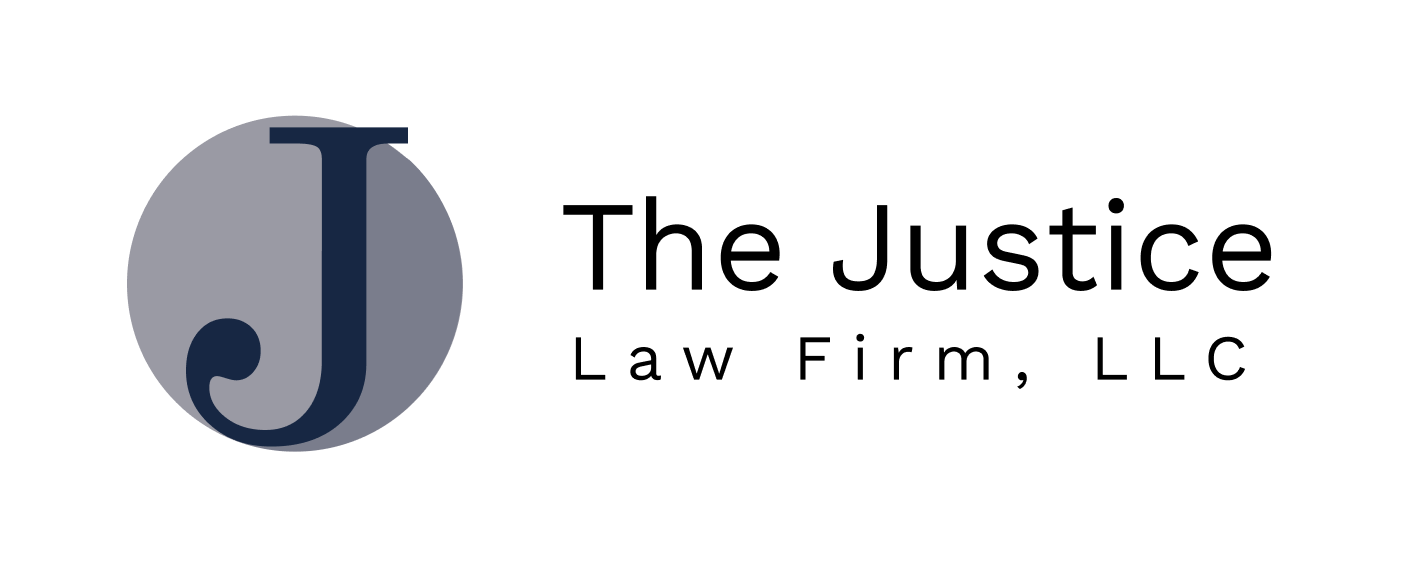
Hostile Work Environment
Alabama Employment Lawyer

Under Title VII of the Civil Rights Act of 1964, a hostile work environment refers to a workplace atmosphere that is permeated with discriminatory intimidation, ridicule, and insult that is sufficiently severe or pervasive to alter the conditions of the victim's employment and create an abusive working environment. This can include unwelcome conduct based on race, color, religion, sex (including pregnancy), national origin, age (40 or older), disability, or genetic information.
To constitute a hostile work environment under Title VII, the conduct must be:
- Discriminatory: It must be based on a protected characteristic such as race, sex, religion, etc.
- Severe or pervasive: The conduct must be either severe enough to create a hostile or abusive work environment or pervasive enough to create a pattern of hostility or abuse.
- Objectively offensive: A reasonable person would find the conduct to be hostile or abusive.
- Subjectively offensive: The victim must also perceive the work environment as hostile or abusive.
Title VII makes it illegal for employers to allow or perpetrate such an environment, and victims have the right to take legal action against the employer or the individuals responsible for creating or maintaining the hostile work environment. It's important for employers to take proactive steps to prevent and address harassment and discrimination in the workplace.
When is an Employer liable for the Hostile Work Environment that an Employee has been subjected to?
The Equal Employment Opportunity Commission (EEOC) has stated that some of the basic standards to be applied when determining Employer liability are as follows:
"When a complainant establishes that the employer made an explicit change to a term, condition, or privilege of employment linked to harassment based on a protected characteristic (sometimes described as “quid pro quo” …), the employer is liable and there is no defense.
In cases alleging a hostile work environment, one or more standards of liability will apply. Which standards apply to any given situation depends on the relationship of the harasser to the employer and the nature of the hostile work environment… To summarize:
- If the harasser is a proxy or alter ego of the employer, the employer is automatically liable for the hostile work environment created by the harasser’s conduct. The actions of the harasser are considered the actions of the employer, and there is no defense to liability.
- If the harasser is a supervisor and the hostile work environment includes a tangible employment action against the victim [i.e., a “tangible employment action” means a “significant change in employment status” that requires an “official act” of the employer the employer], the employer is vicariously liable for the harasser’s conduct and there is no defense to liability. This is true even if the supervisor is not a proxy or alter ego.
- If the harasser is a supervisor (but not a proxy or alter ego) and the hostile work environment does not include a tangible employment action, the employer is vicariously liable for the actions of the harasser, but the employer may limit its liability or damages if it can prove the Faragher-Ellerth affirmative defense . . .
- If the harasser is any person other than a proxy, alter ego, or supervisor, the employer is only liable for the hostile work environment created by the harasser’s conduct if the employer was negligent in that it failed to act reasonably to prevent the harassment or to take reasonable corrective action in response to the harassment when the employer was aware, or should have been aware, of it.
Negligence provides a minimum standard for employer liability, regardless of the status of the harasser. Other theories of employer liability—automatic liability (for proxies and alter egos) and vicarious liability (for supervisors)—are additional bases for employer liability that supplement and do not replace the negligence standard.
If the complainant challenges harassment by one or more supervisors and one or more coworkers or non-employees and the harassment is part of the same hostile work environment claim, separate analyses of employer liability should be conducted in accordance with each harasser’s classification."
If you or someone you know has been subjected to a Hostile Work Environment in the workplace, contact The Justice Law Firm, LLC today for a FREE consultation.
The Justice Law Firm, LLC provides services to all of Alabama
Phone:
SMS Text:
Fax:
Email:
Ramon.Martin@LegalJusticeMatters.com
Address:
505 20th Street North
Suite 1220 1157
Birmingham, AL 35203
Request a Free Consultation
We will get back to you as soon as possible.
Please try again later.
The Justice Law Firm, LLC

